Various Types of Circuit Protection Devices That Prevents from Electrical Losses
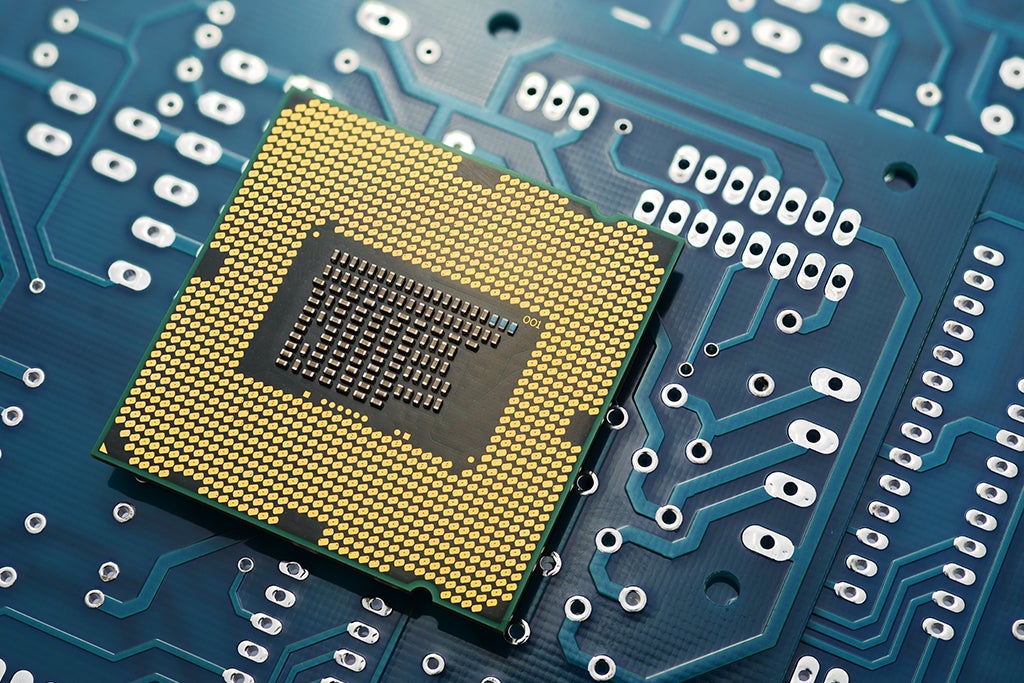
While electricity has proven to be a boon in sustaining life in the 21st century, it is not without its share of risks and threats. If left unchecked, electricity can be a potential hazard, risking the safety of your loved ones and family members, as well as the connected electrical devices around your house. Therefore, it is imperative to install electrical protection devices to prevent accidents like electrocution and fires, as well as safeguard expensive electronic devices from permanent electrical damages and burnouts. To this end, circuit protection devices have been the most efficient in monitoring the flow of electricity through household circuits and preventing accidents during electrical adversities.
What are the various types of circuit protection devices?
Circuit overload protection devices are great countermeasures against electrical anomalies like overloading, surges, and dangerously high voltage currents. Moreover, they are designed to prevent electrical damage without compromising the functioning of the connected electrical device. Circuit protection devices are also popular as they are affordable and prevent electrical losses. Mentioned below are the most popular types of circuit protection devices:
- Fuse:
Fuses are some of the most traditional forms of electrical circuit protection devices used in households. The conventional fuse is equipped with a metallic strip with a low melting point. When an electrical flow higher than the capacity of the fuse passes through the fuse, it overheats and melts the metallic strip. This breaks the circuit and disrupts the flow of electricity, preventing the electricity from reaching the connected device and causing damage. The fuse has a simple, convenient design and is effective against electrical surges and high voltage currents. However, the fuse has an obvious drawback - once blown, the fuse cannot be reused.
- Circuit breaker:
Circuit breakers are a more contemporary innovation and have grown popular over the last decades. Though circuit breakers are based on the same working principle as the traditional fuse, they have the upper hand over traditional fuses, as they are automatic and can be manually reset once the circuit breaker has been triggered by an electrical anomaly ready to be used again. Moreover, depending on the purpose they serve, circuit breakers can be of several types, including:
- MCBs - MCBs or Miniature Circuit Breakers usually come with an automatic switching function that is triggered by a change in the voltage of the incoming supply current. Once triggered, MCBs automatically break the circuit and stop the electrical flow from reaching any connected device. Once the normal voltage is restored, the MCB switch can be manually adjusted to close the circuit and resume the electrical flow. MCBs can work efficiently against lower voltages and smaller loads.
- MCCBs - MCCBs, also known as Moulded Case Circuit Breakers, are circuit protection devices that offer security to circuits and electrical devices against high voltage or excessive currents, which can lead to electrical overloads and short circuits. The MCCB has a higher voltage rating and can withstand a wider range of voltage than the MCB or a traditional fuse. It also comes with adjustable trip settings. Most MCCBs are equipped with a temperature-sensitive component that triggers the switching gear during a change in the electrical voltage. In addition to circuit protection, the MCCB offers overload and electrical fault protection, as well as isolation. The MCCB is also provided with an electrical switch that can be adjusted to resume the electrical flow in the circuit.
- RCBs - RCBs or Residual Current Breakers are safety devices that offer protection against electrical leakages and faults that can lead to accidents like fires and electrocutions. RCBs automatically disconnect the circuit whenever an electrical leakage is detected. The RCB is provided with a CBT (Core Balance Transformer) that efficiently records the input and output current. It instantly detects a leakage if the output current is lower than the input current and automatically disrupts the electrical flow. Once the leakage has been mended, the RCB can be turned on manually to resume electrical flow.
Presently, RCBOs or Residual Circuit Breakers with Overload protection have also grown popular in households as a viable means of protection against electrical overloading and short circuits.
Depending on their application, circuit breakers are available in several designs, ranging from smaller devices to bigger switchgear for high voltage circuits.
- Surge Protection Device:
Surge Protection Devices or SPDs are responsible for protection against incoming electrical surges. SPDs are installed across the main power supply line and can provide electrical protection at all levels. The SPD is frequently used in modern homes as a voltage surge protector against exceedingly high-voltage input currents.
Protect your home with Schneider Electric
If you are looking for circuit protection devices, the Schneider Electric online store brings to you a vast range of the best electrical protection devices at economical rates. With the online Schneider Electric store, you can conveniently browse and purchase the circuit protection device best suited to your needs from the comfort of your home. Schneider Electric is the place to visit for solutions to all your electrical needs.
Read More - Electrical Protection Devices Provided By Schneider Electric

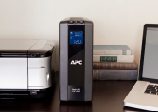
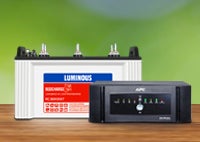

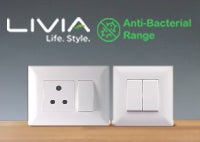



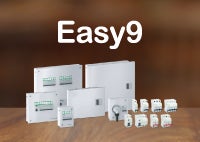
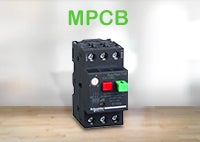
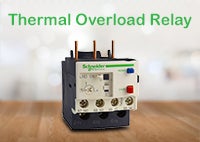
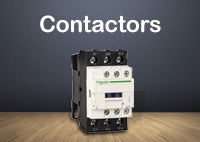
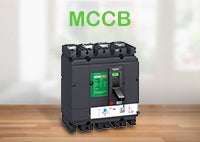
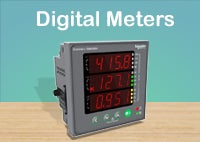
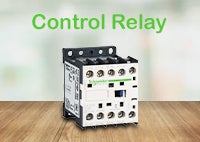
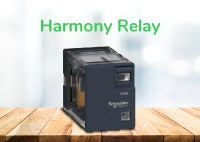

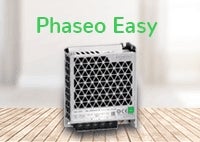


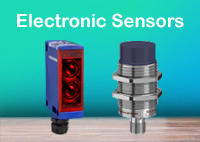

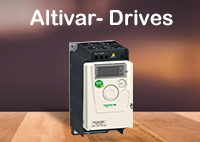

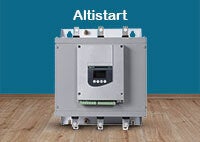

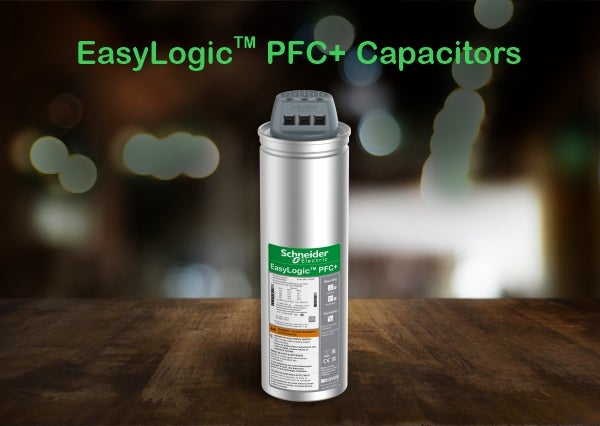
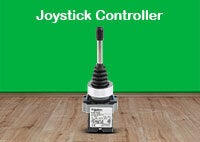
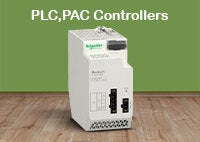
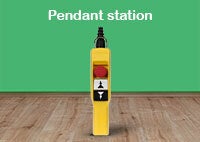




Comments